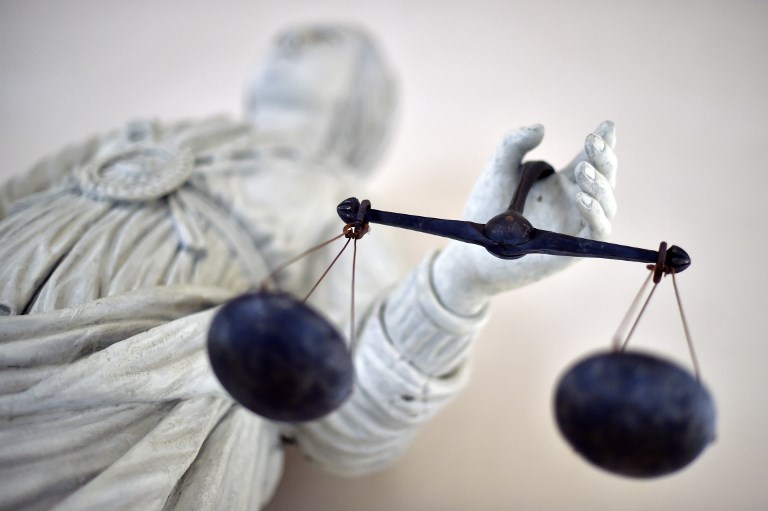In protecting your legacy, you can’t go it alone. That’s because, to create an estate plan that safeguards your wishes, you must identify trusted individuals who will support your goals, including someone to whom you will grant Powers of Appointment (POA).
Understanding the nuances of POAs is crucial for anyone who wants to protect their assets and ensure that their legacy is safeguarded for the benefit of future generations.
In this blog, we explore the pros and cons of general and limited POAs and provide you with insights that will help you make informed decisions when planning your estate. Let’s dive in.
Types of Powers of Appointment: general vs. limited
In estate planning, POA comes in two flavors: general and limited. Depending on your goals, you may have use for one (or both) options. Here’s an overview of the pros and cons of each.
General POA
A general POA enables the holder to distribute assets to themselves, their creditors, the estate, and the estate’s creditors.
General POAs can create a couple of notable risks:
- They can expose assets to creditors and include them in the holder’s estate for the purposes of estate tax.
- If the holder’s vision differs from yours, granting the bearer substantial control over the assets could compromise their original purpose.
On the plus side, a general POA’s expansive purview makes it more adaptable to shifting conditions.
Limited POA
A limited POA restricts the holder’s ability to distribute assets, typically prohibiting them from allocating assets for their own benefit or for the benefit of their creditors, the estate, or the estate’s creditors.
In contrast to assets subject to a general POA, those subject to a limited POA are generally not subject to the holder’s creditors or included in their taxable estate. In addition, limited POA prevents abuse by restricting distributions to a predetermined class of recipients.
Although a limited POA helps to safeguard the intent behind the distribution of assets, it lacks the adaptability of a general POA.
Example scenarios
Let’s use a few examples to clarify the distinction between general and limited Powers of Attorney.
Example A
Suppose you have a $30 million estate and two children, Alex and Taylor. Alex is financially savvy, whereas Taylor has difficulty managing money. You may establish a job trust to hold your assets and provide distribution instructions for specific purposes (e.g., education, health, maintenance).
If you grant Alex a general POA, Alex could distribute the assets to herself, which could result in unintended estate tax consequences or expose her to creditors.
If, instead, you grant Alex a limited POA, you prevent the assets from being mismanaged or misallocated and ensure their distribution among a predetermined group (i.e., Taylor and/or Taylor’s descendants). Limiting Alex’s POA ensures that your wishes are honored and that Taylor and her successors receive the assets as you intended.
Keep in mind that Alex could still wield a limited POA to modify distributions among predefined beneficiaries in response to changing circumstances (e.g., if Taylor’s child requires financial assistance for a medical emergency).
Example B
Imagine that your beneficiary, Jordan, has substantial personal debt. Because Jordan’s creditors can appoint assets to themselves, granting Jordan a general POA could expose the assets subject to this POA to Jordan’s creditors.
In contrast, a limited POA would prevent Jordan from designating assets to himself. This protects the assets from his creditors while allowing him to divide them among his children or a charitable organization, for example.
When to use general vs. limited Powers of Appointment
When and how to use a POA depends heavily on several key factors, including:
- How much you trust the appointed individual
- The dynamics of the family in question
- The family’s likely future needs
In most cases, a limited POA is the safest way to protect your assets and ensure they are used as you intend. However, there are situations in which you might want to consider a general POA.
Engaging an attorney who can navigate the complexities of estate planning and tax implications will help you assess whether to use limited or general POA—it’s a crucial part of establishing a plan that aligns with your goals and ensures your descendants’ financial security.
How does a POA affect asset protection for my beneficiaries?
Granting a POA can have varying effects on the asset protection of your beneficiaries, influencing their inheritances and potential liability in several ways. Note that effects on asset protection primarily depend on:
- Whether you grant a general or limited POA
- The decisions of the appointed individual
Beneficiary access and control
A beneficiary with a general POA can allocate assets to themselves, potentially compromising asset protection by making them accessible to the beneficiary’s creditors.
Restricting access through a limited POA can enhance asset protection by specifying distribution only among a certain class of beneficiaries, partially shielding the assets from external claims.
Creditors’ claims
If a beneficiary has a general POA and the ability to allocate assets to themselves, those assets may be subject to claims from their creditors.
Limiting the POA so that a beneficiary cannot allocate assets to themselves or their creditors can prevent them from being used to resolve debts.
Estate tax considerations
Assets within a general POA are typically included in the grantor’s taxable estate, which may impact the estate’s total value and tax liability.
However, with a limited POA in place, assets are typically excluded from the holder’s taxable estate, mitigating estate tax exposure.
Adaptability vs. stability
Beneficiaries with a general POA can adjust to changing circumstances, ensuring appropriate allocation despite changing laws, family dynamics, or financial conditions.
Meanwhile, the specific restrictions of a limited POA protect the donor’s initial distribution intentions while allowing some adaptability.
Plan carefully and consult with a knowledgeable attorney
Implementing a POA requires cautious deliberation, balancing your wishes for your beneficiaries with prudent asset protection and tax strategies. Both general and limited POAs have their place in estate planning—your choice should account for intent preservation, asset protection, and future flexibility.
To ensure alignment with your objectives and compliance with applicable laws, when drafting a POA, consult an experienced estate planning attorney at the law firm of Shann M. Chaudhry Esq., Attorney at Law PLLC.
Contact us to schedule a consultation.





0 Comments